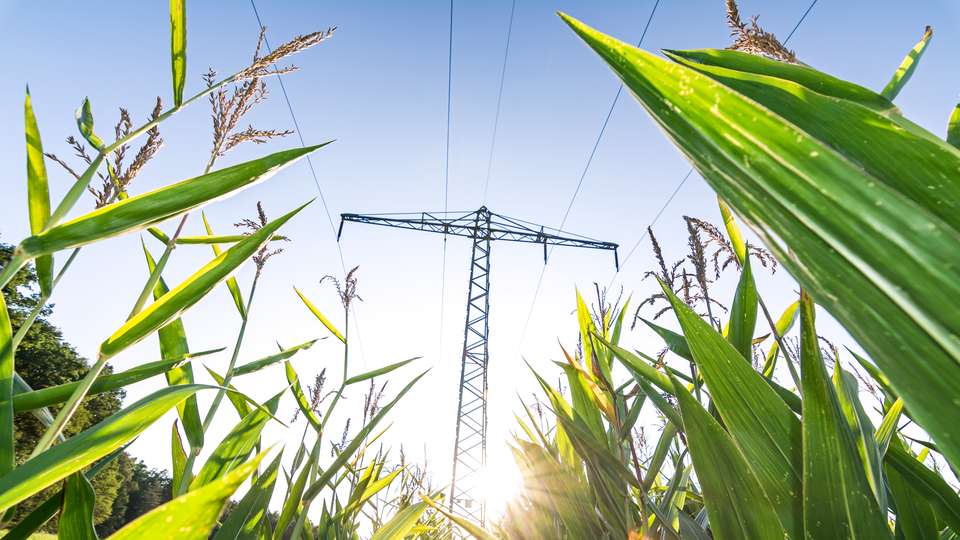
New feasibility study sheds light on the environmental effects of electrification
In order to meet the target of net zero emissions of greenhouse gases by 2045, major changes are required in the Swedish energy system. The conversion to an ever-increasing share of electricity from wind and solar power requires both a developed electricity network and technology to be able to store electricity when production is low. In a feasibility study for the Swedish Environmental Protection Agency, IVL has explored the environmental effects that the expansion of new electricity networks and various energy storage technologies may have.
– The greatest environmental impact in connection with the expansion of electricity networks and energy storage, through for example batteries and hydrogen, arises in the extraction and manufacturing phase, says Eskil Mattsson, project manager at IVL Swedish Environmental Research Institute.
The feasibility study is based on a life cycle analysis of the expansion of electricity networks and various energy storage techniques, ie extraction of raw materials, manufacturing, plant, operation, reuse and recycling.
A large part of the environmental impact is local and arises during the construction and operation of pipelines. How large the local environmental impact will be depends a lot on the surrounding natural environment. Care measures and technology choices also have an effect.
– New materials in poles or foundations can, for example, reduce the negative environmental impact. Adapted maintenance measures in power line streets can also have positive effects on biodiversity, says Eskil Mattsson.
In a future Swedish energy system, large-scale storage of hydrogen can play an important role. When hydrogen is used to store energy and then produce electricity, the environmental impact largely depends on how the hydrogen is produced, but also on the constituents in the fuel cells that produce electricity from hydrogen.
A large part of the environmental impact of electricity networks and energy storage takes place abroad and is not visible in Sweden's national environmental target follow-up, the report authors state.
– The feasibility study shows that there are trade-offs when global benefits arising from fossil-free electricity production are set against local influences. To be able to describe the whole picture, more systematic and detailed studies are needed, says Erik Lindblom, co-author and project manager at IVL.
Read more about the project's conclusions in the report (in Swedish): Environmental effects of electricity networks and energy storage – a feasibility study of key components in a future fossil-free energy system. Pdf, 1.6 MB, opens in new window.
Pdf, 1.6 MB, opens in new window.
For more information, please contact:
Eskil Mattsson, eskil.mattsson@ivl.se, +46 (0)10-788 67 34
Erik Lindblom, erik.lindblom@ivl.se, +46 (0)10-788 65 71
